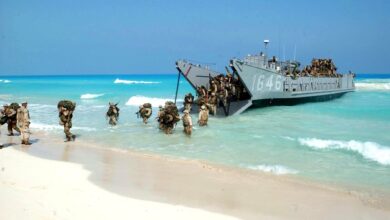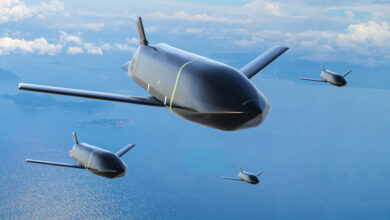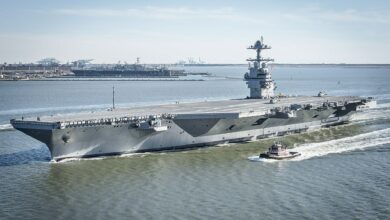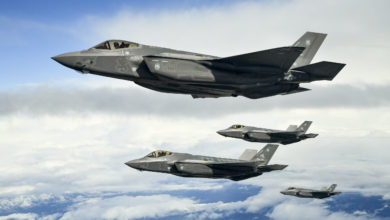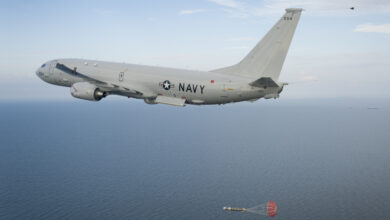US Navy Unveils Next-Gen Guided-Missile Destroyer Concept
The US Navy has unveiled its next-generation guided-missile destroyer concept, slated to replace the four-decade-old Arleigh Burke-class beginning in 2028.
The DDG(X) warship will pack a more powerful punch with additional, longer-range missiles and higher-power laser weapons than Arleigh Burke destroyers. Its more efficient integrated power system will reduce operational costs and increase flexibility.
The ship’s construction will incorporate lessons learned from vessels such as the Arleigh Burke, Columbia, and Virginia.

Guarding Against Future Threats
The latest Arleigh Burke-class warship, the DDG-51 Flight III, will remain in production beyond 2027 with expected service through the 2060s, featuring Raytheon’s latest SPY-6(V)1 radar and the latest iteration of Lockheed Martin’s Aegis weapon system, Baseline10.
Citing DDG(X) deputy program manager Katherine Connelly at a symposium, Breaking Defense wrote that the navy “has effectively maximized the capabilities and technology planned for Flight III,” revealing the core of the DDG(X) program’s inception.
“Flight III is going to be in the fleet through the [2060s]. So, the threat is going to continue to evolve. And there will be new threats out there,” she further explained. “We on the Navy side will continue to evolve our combat and other capabilities to deter the threat. And we will need a platform that can accommodate those new technologies.”
“Capabilities that we’re going to need for the 21st century to continue combating the threat are increased missile capability sensor growth, directed energy weapons, which actually require a lot of power, increased survivability, and increased power availability.”
Expected Features
The DDG(X) will have a new hull and power system — similar to that of Zumwalt-class ships, which generate over 75 megawatts of power.
This is enough power to fuel a host of additional weapon and sensor systems, such as two 600 kilowatt anti-missile laser systems, a 32-cell Mk-41 Vertical Launch System, which could later be swapped for 12 larger missile cells, possibly for hypersonic weapons.
It will incorporate the Flight III combat system and have two 21-cell Rolling Airframe Missile launchers.
The vessel design should allow at least 50 percent more range and 120 percent more time on-station than the Arleigh Burke-class, which will be achieved partly through 25 percent greater fuel efficiency.
The navy also expects the ship to have a greater capacity to retain its mobility and durability after sustaining damage, particularly of its Integrated Air and Missile Defense system. It will also have a more than 50 percent improvement in acoustic, infrared, and Unified Endpoint Management signature.





